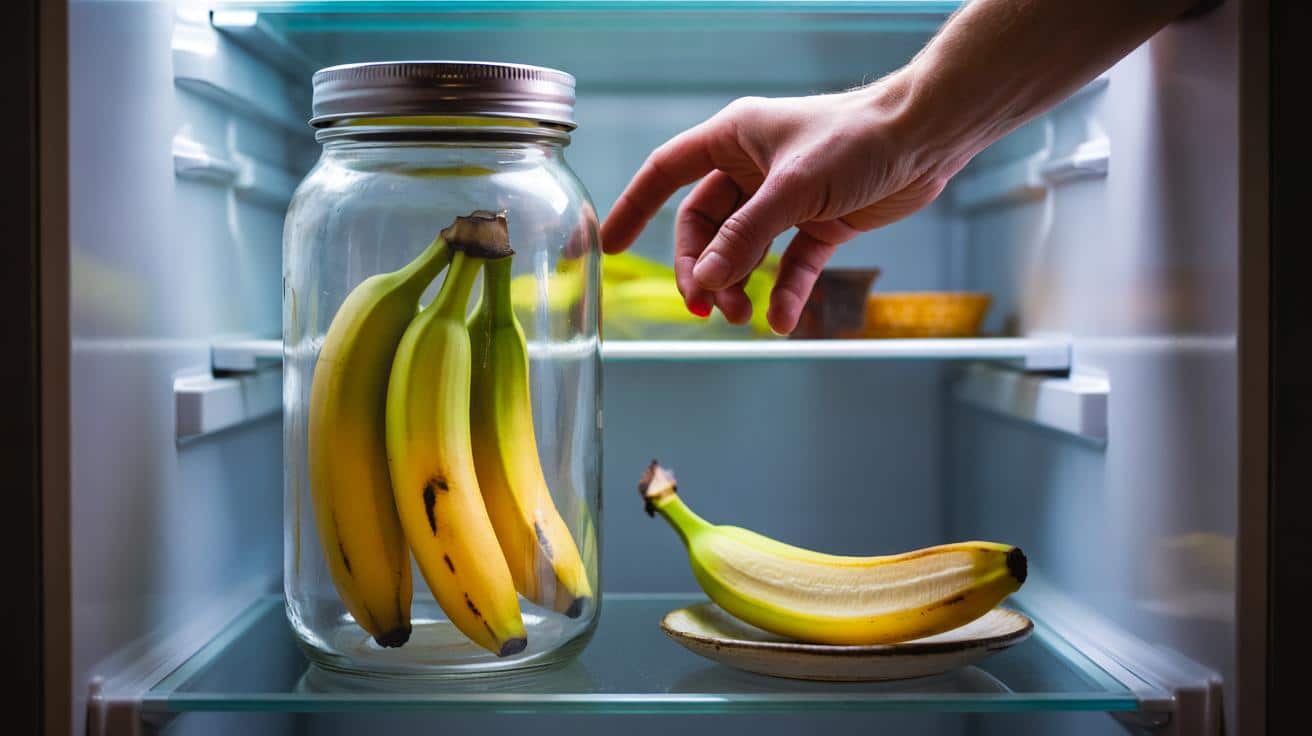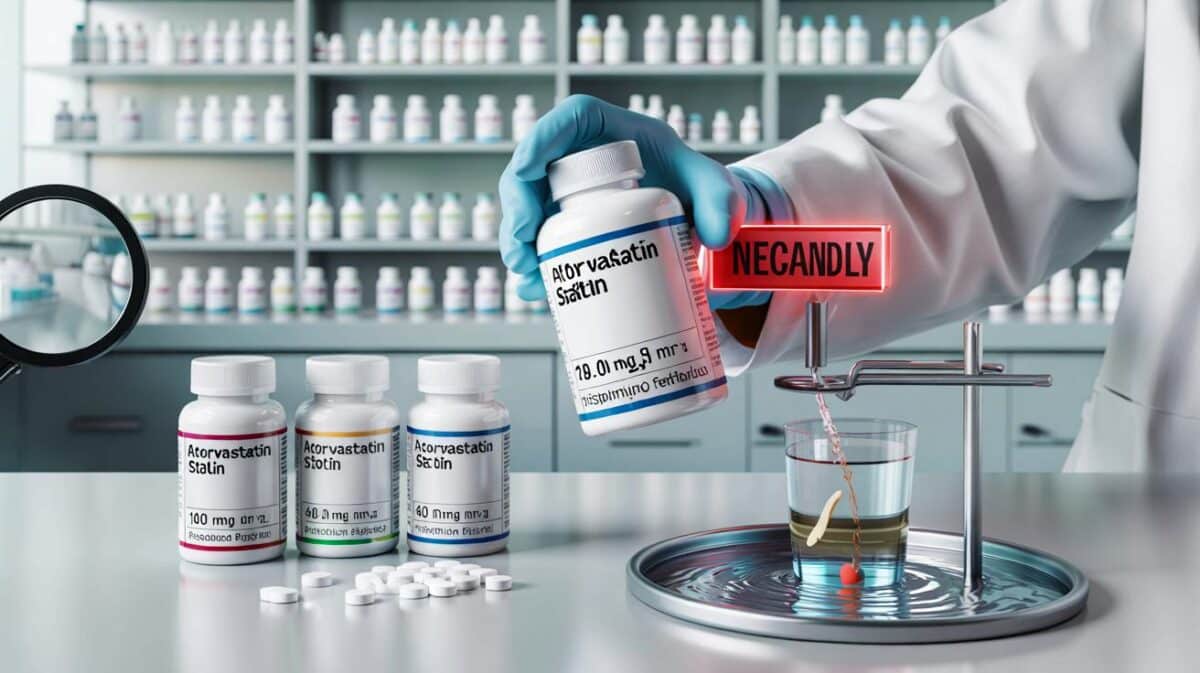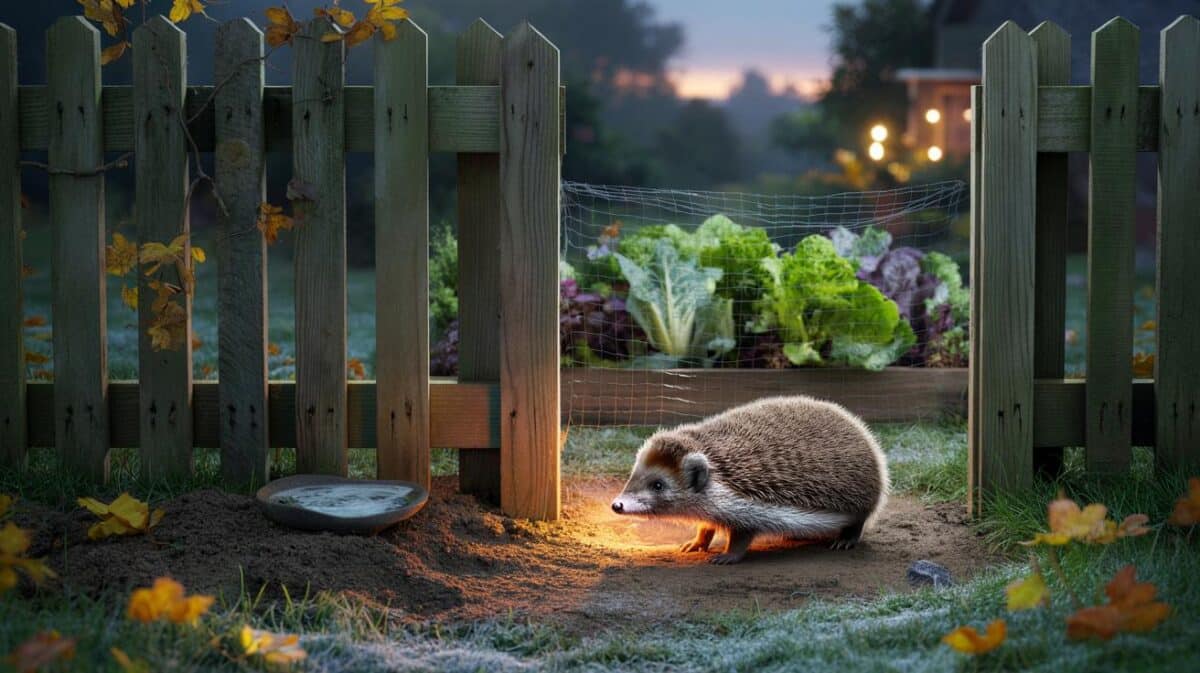A low-cost trick, shared quietly online, is changing that routine.
A British home cook has road-tested a jar-in-the-fridge approach that appears to hold back browning for nearly a month. The claim sounds bold, yet the method is simple, needs no gadgets, and could slash food waste if it works in your kitchen.
The 26-day jar method
Content creator Amy Cross, known as @amycrosslegacy, filmed a small kitchen experiment: she cut a banana into chunky pieces while leaving the skin on, then placed the segments upright in a clean glass jar and stored them in the fridge. Weeks later, the skins still looked bright and the fruit inside remained firm. She originally wanted to stop a cut banana turning brown for half a day and found she had stretched freshness far longer than expected.
Glass jar + fridge + banana segments with the peel left on. Reported outcome: up to 26 days of yellow skin and firm flesh.
Why could this work? Bananas release ethylene, a natural ripening gas. A closed jar limits airflow, which may dilute ethylene build-up around the fruit while also stabilising humidity. The fridge cools everything down, slowing the ripening reactions. Because the peel still covers the flesh, cut surfaces of fruit are not exposed to oxygen. That combination may explain the slow march towards brown.
What you need
- One clean, odour-free glass jar with a lid.
- Firm, just-yellow bananas (green-tinged works well).
- A fridge set around 4–5°C.
Method: chop the banana into two or three segments without peeling; set the pieces upright in the jar; seal and refrigerate. Open the jar only when you plan to eat a piece, then reseal promptly.
What science says, and where caution helps
Bananas ripen faster in warmth and slower in the cold. Below about 12°C, the peel can darken due to chilling injury, even while the flesh stays pleasant. Fans of the jar method report less peel blackening than expected. That may reflect the starting ripeness, the specific fridge, and how tightly the jar seals.
Use your nose and eyes. If you see moisture pooling, mould, off smells or mushy texture, bin the lot. Food Standards Agency advice supports refrigerating cut fruit promptly, but four weeks is unusual. Treat the 26-day figure as a top end that depends on ripeness, variety and hygiene.
Safety first: if the fruit looks or smells wrong at any point, do not eat it.
How it compares to other tricks
Plenty of households already try small hacks to slow browning. Some work on ethylene. Some change temperature. Some simply reduce oxygen at the cut surface. Here’s a quick guide:
| Method | What it targets | Typical result window | Best for |
|---|---|---|---|
| Glass jar in the fridge (peel left on) | Cooler temp, stable humidity, low oxygen | 10–26 days, depending on ripeness | Keeping bananas for the whole month |
| Wrap stems with cling film | Slows ethylene spread from stems | 7–9 days on the counter | Families who prefer room-temperature fruit |
| Cool, shaded room at ~12°C | Avoids heat and direct sun | 5–7 days | Pantries and utility rooms |
| Whole bananas in the fridge | Low temperature | 7–10 days (peel may darken) | Batch bought mid-week |
| Lemon or pineapple juice on cut flesh | Acid and antioxidants slow browning | 6–24 hours | Fruit salads and lunchboxes |
| Freezer (peeled, in chunks) | Stops ripening entirely | 2–3 months | Smoothies and baking |
Practical tips to make it work at home
- Start with firm bananas. Very ripe fruit will not stall for long.
- Dry the jar thoroughly before use. Condensation invites mould.
- Do not add other fruit to the jar. Apples and pears ramp up ethylene.
- Keep the jar at the back of the fridge, where temperature stays stable.
- Open the lid briefly and rarely. Every opening brings in moist air.
Keep bananas away from warm kitchens and bright windowsills. Aim for shade and cooler spots if you skip the fridge.
When the jar trick is not your best option
If you buy small quantities and eat them within three days, a cool, dim corner works fine. If your fridge runs hot, the jar will not help much. If the peel is cracked or bruised, the flesh has already met oxygen; use that fruit for smoothies or baking rather than long storage.
Waste less, spend less, keep the flavour
Uk households throw away tonnes of bananas each year. Stretching freshness by even five extra days saves money and reduces bin trips. Texture still matters. Fridge-cold bananas taste less aromatic straight from the jar. Let a piece sit at room temperature for 20 minutes before eating to bring back the fragrance.
A simple weekly plan you can test
Buy a bunch on Sunday. Place three segments in a sealed jar in the fridge. Leave the rest on a cool, shaded shelf. Each day, eat one from the shelf and one from the jar. Note colour, scent and bite. After a week, compare. Adjust the approach based on your fridge temperature and the ripeness you prefer.
Extra ideas for the rest of the bunch
- Turn overripe bananas into pancakes, muffins or banana bread to avoid waste.
- Freeze peeled chunks for smoothies; add cocoa and peanut butter for a quick dessert.
- Make a lunchbox fruit pot: sliced banana spritzed with lemon juice, sealed tight, eaten within a day.
The jar method will not suit every kitchen. It gives a low-cost option for shoppers who want to bulk buy without the rush to eat. Start small, track results, and let your senses lead your storage choices.









26 days sounds like influencer math. Has anyone actually logged fridge temp (4–5°C), jar seal type, and opening frequency? A small sample size can fool us; a lucky fridge won’t prove much.
Tried it this week—three banana chunks, peel on, in a clean glass jar at ~4°C. Day 9: skins still bright, flesh firm, zero weird smells. Might finally stop me binning half a bunch 🙂